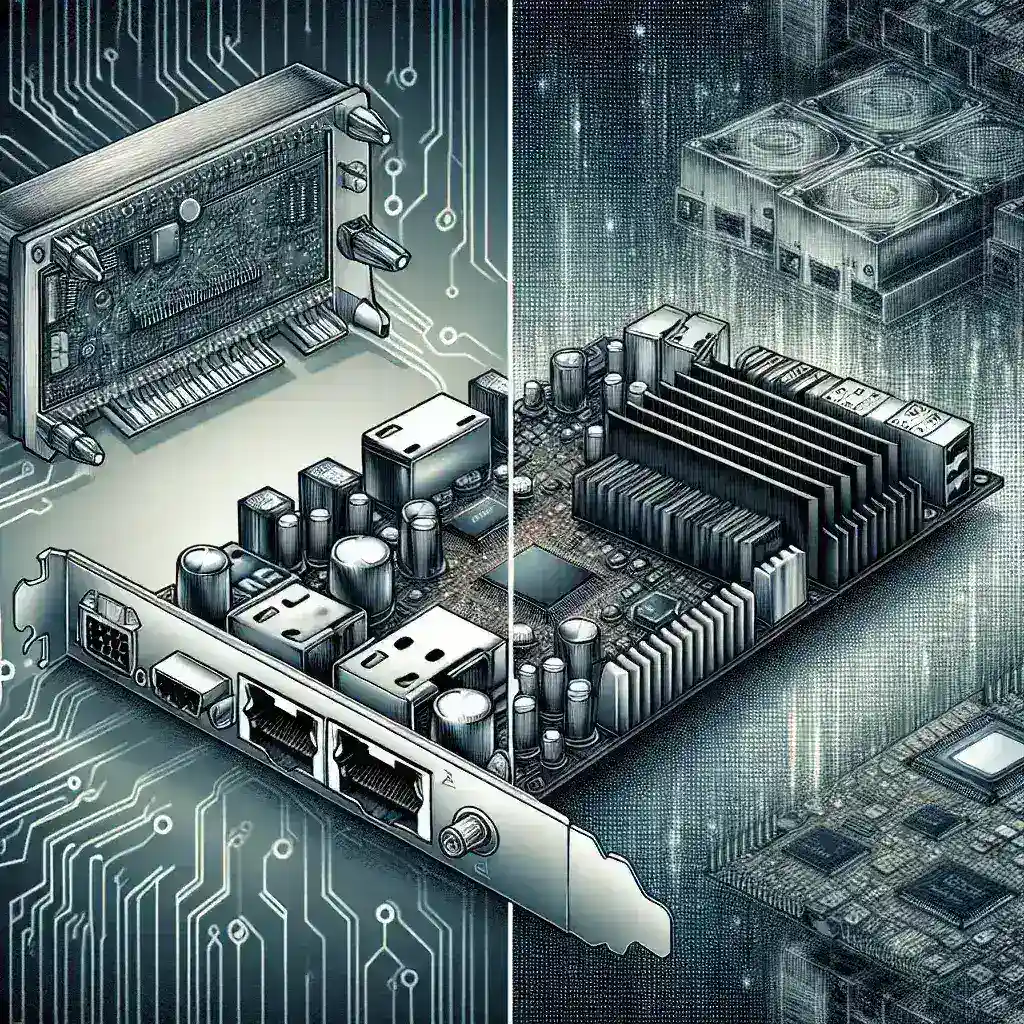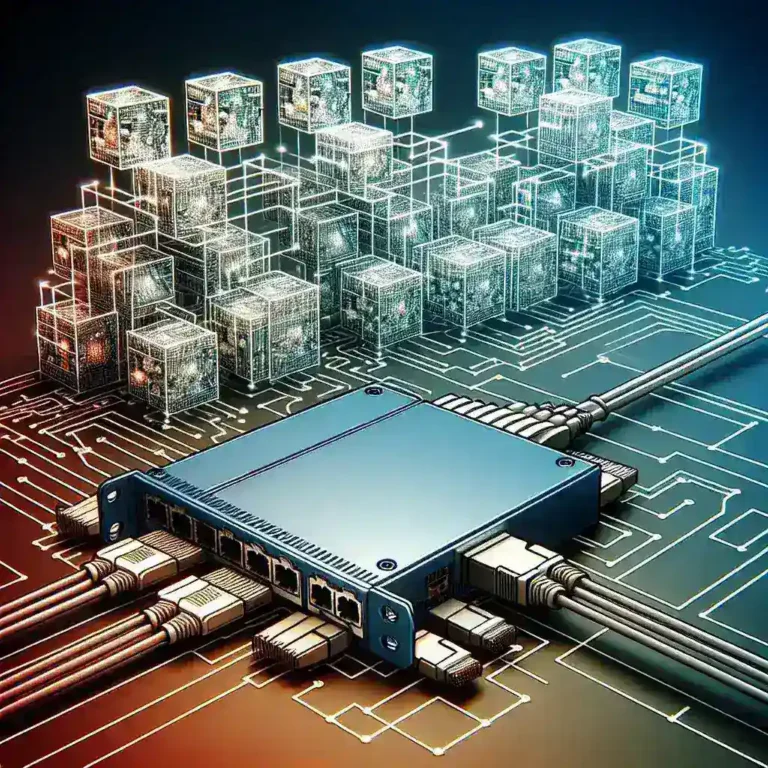Ensuring that your network adapter and RAID controller are compatible is crucial for optimal performance and system stability. If these components don’t work well together, you could face significant issues, including data loss, system crashes, or poor network performance. This comprehensive guide will walk you through the methods and tools you can use to check the compatibility between a network adapter and a RAID controller.
Key Factors in Compatibility
To ensure compatibility between a network adapter and a RAID controller, consider the following key factors:
- Interface Type: The network adapter and RAID controller must share a common interface type, such as PCIe.
- Operating System Support: Both components need to support the same operating system for reliable performance.
- Drivers: Ensure that both components use up-to-date drivers compatible with your operating system.
- Firmware: Check for compatible firmware versions to ensure smooth operation.
- Vendor Compatibility: Ideally, use components from the same vendor or check the vendor’s compatibility list.
Key Factors in Compatibility Table
| Key Factor | Description |
|---|---|
| Interface Type | Common interface type, like PCIe |
| Operating System Support | Support for the same OS |
| Drivers | Up-to-date and OS-compatible drivers |
| Firmware | Compatible firmware versions |
| Vendor Compatibility | Prefer using components from the same vendor |
Steps for Checking Compatibility
Step 1: Identify the Interface
First, identify the interface type of both the network adapter and the RAID controller. The most common interfaces are PCIe, PCI, and AGP. You can find this information in the product specifications.
Step 2: Verify Operating System Support
Check the operating system compatibility for both components. Most manufacturers provide a list of supported operating systems on their official website.
Step 3: Check Driver Support
Ensure that both the network adapter and the RAID controller have drivers that are compatible with your operating system. It’s crucial to download the latest drivers from the manufacturer’s website for optimal performance.
Step 4: Firmware Compatibility
Both components may have firmware updates available. Ensuring that both devices have compatible firmware versions can prevent potential conflicts.
Step 5: Examine Vendor Compatibility Lists
Many manufacturers provide compatibility lists for their products. Consult these lists to confirm that the network adapter and RAID controller can work together without issues.
Tools and Resources
Tool 1: Compatibility List Websites
Websites like the manufacturer’s official site, or third-party sites, can provide a comprehensive list of compatible devices. These lists are continually updated to account for new releases and technology updates.
Tool 2: Forums and Online Communities
Online forums and communities can be invaluable resources. Users often report their experiences with various hardware combinations, providing real-world insights into compatibility issues.
Tool 3: Technical Support
If you’re still unsure, technical support from the manufacturers can offer professional advice. They can provide detailed insights and confirm compatibility.
Common Issues and Troubleshooting
Issue 1: Installation Errors
If you encounter errors during installation, it could indicate a compatibility issue. Recheck the interface type, drivers, and firmware versions.
Issue 2: Performance Problems
Poor performance can also be a sign of compatibility problems. Ensure that both components can handle the network and storage loads effectively.
Issue 3: System Crashes
System instability or frequent crashes may indicate driver or firmware conflicts. Update both to the latest versions.
Conclusion
Ensuring compatibility between a network adapter and a RAID controller is critical for system stability and performance. By considering key factors, following a systematic approach, and utilizing available tools and resources, you can ensure these components work seamlessly together. Always keep your drivers and firmware updated and consult compatibility lists to avoid any issues.



